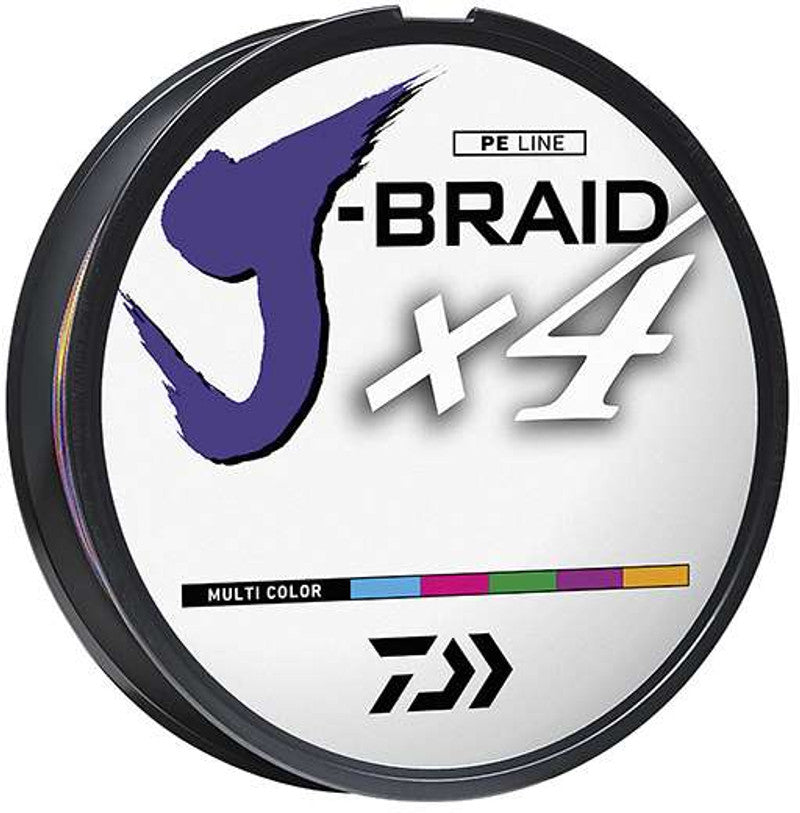When it comes to braided fishing lines, the choices can be overwhelming. Among the most popular and high-performance options are Hollow Core Spectra, Solid Spectra, and PE braided fishing lines. Though they may appear similar at first glance, each has distinct characteristics suited for specific fishing applications. Understanding their differences is crucial for anglers targeting everything from inshore species to offshore giants.
1. Hollow Core Spectra
What is it?
Hollow Core Spectra is a braided line made from Spectra fibers but constructed with a hollow interior, similar to a Chinese finger trap. This design allows anglers to splice leaders directly into the line, creating seamless, 100% strength connections without bulky knots.
Key Features:
-
Hollow Construction: Allows for splicing of monofilament or fluorocarbon leaders.
-
No-Knot Connections: Ideal for making loop-to-loop connections and top-shot setups.
-
Excellent for Big Game Fishing: Common in offshore trolling, deep dropping, and stand-up tuna gear.
-
Easier to Repair: Broken or frayed sections can be cut and re-spliced in the field.
Best Used For:
-
Offshore big game fishing (tuna, marlin)
-
Top-shot applications where leader changes are frequent
-
Anglers wanting knotless connections for maximum line strength
2. Solid Core Spectra
What is it?
Solid Core Spectra is also a braided line made from Spectra fibers but is constructed as a solid braid without a hollow center. This is the classic "braid" most anglers are familiar with.
Key Features:
-
Thin and Strong: Exceptional strength-to-diameter ratio.
-
Durable and Abrasion Resistant: Great for fishing around structure.
-
Needs Knots or Connectors: Leaders must be tied on using knots (FG knot, PR knot, etc.).
-
More Affordable than Hollow Core: Generally cheaper due to simpler construction.
Best Used For:
-
Inshore and nearshore fishing (striped bass, snook, redfish)
-
Jigging, casting, and general-purpose fishing
-
Anglers who don’t need to splice leaders
3. PE (Polyethylene) Braided Line
What is it?
PE braided line refers to braided lines made from ultra-high molecular weight polyethylene (UHMWPE) fibers, such as Spectra (Honeywell) or Dyneema (DSM). In Japan, fishing line thickness is often measured in PE ratings (e.g., PE2, PE5) rather than diameter in inches or millimeters.
Key Features:
-
PE Rating System: PE numbers correspond roughly to line diameter, not strength.
-
Multiple Strand Counts: Comes in 4-strand, 8-strand, or even 12-strand configurations.
-
4-strand = rougher, more abrasion-resistant.
-
8-strand+ = smoother, casts farther.
-
-
Typically Solid Braid: Most PE lines are solid braid, but some are hollow core.
-
Spectra and Dyneema Fibers: Both Spectra and Dyneema are UHMWPE fibers; "PE line" is often a general term covering both.
Best Used For:
-
Light tackle finesse fishing (bass, trout, inshore saltwater)
-
High-casting distance applications (shore jigging, surfcasting)
-
Anglers concerned with line diameter more than pound-test ratings
Key Differences Summary:
|
Feature |
Hollow Core Spectra |
Solid Core Spectra |
PE Braided Line |
|
Core Type |
Hollow |
Solid |
Solid (mostly) |
|
Leader Connection |
Splice (no knots) |
Tied knots required |
Tied knots required |
|
Primary Use |
Offshore big game |
General-purpose |
Finesse, precision casting |
|
Strength Connection |
100% splice strength |
Knot strength (~80-90%) |
Knot strength (~80-90%) |
|
Flexibility |
More pliable |
Stiffer |
Varies by strand count |
|
PE Rating System |
Not commonly used |
Not commonly used |
Always PE-rated (Japan standard) |
Which One Should You Use?
-
Choose Hollow Core Spectra if you’re offshore fishing for large species and want knotless, full-strength connections with easy leader changes.
-
Choose Solid Core Spectra for general-purpose saltwater and freshwater fishing where splicing isn’t necessary, and a tough, reliable braid is needed.
-
Choose PE Braided Line for finesse applications, especially when casting distance and sensitivity are priorities, and if you are using Japanese tackle rated by PE size.

